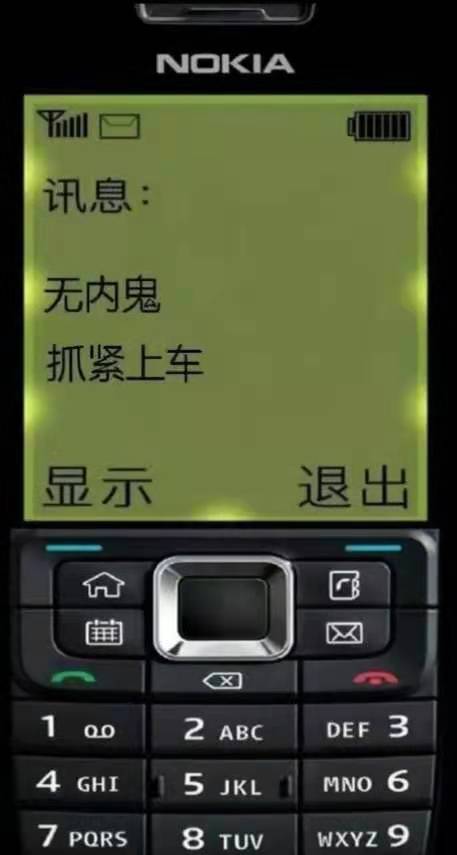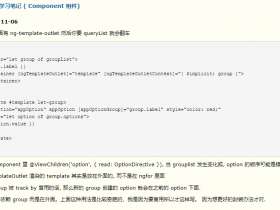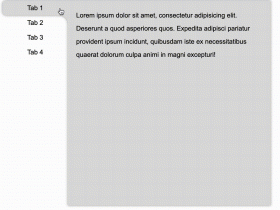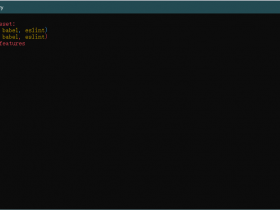- A+
所属分类:Web前端
这里给大家分享我在网上总结出来的一些知识,希望对大家有所帮助
如何优雅的基于 element-plus,封装一个梦中情 dialog
优点
摆脱繁琐的 visible 的命名,以及反复的重复 dom。
想法
将 dialog 封装成一个函数就能唤起的组件。如下:
addDialog({ title: "测试", //弹窗名 component: TestVue, //组件 width: "400px", //弹窗大小 props: { //传给组件的参数 id: 0 }, callBack: (data: any) => { //当弹窗任务结束后,调用父页面的回掉函数。(比如我新增完成了需要刷新列表页面) console.log("回调函数", data) } })
效果图
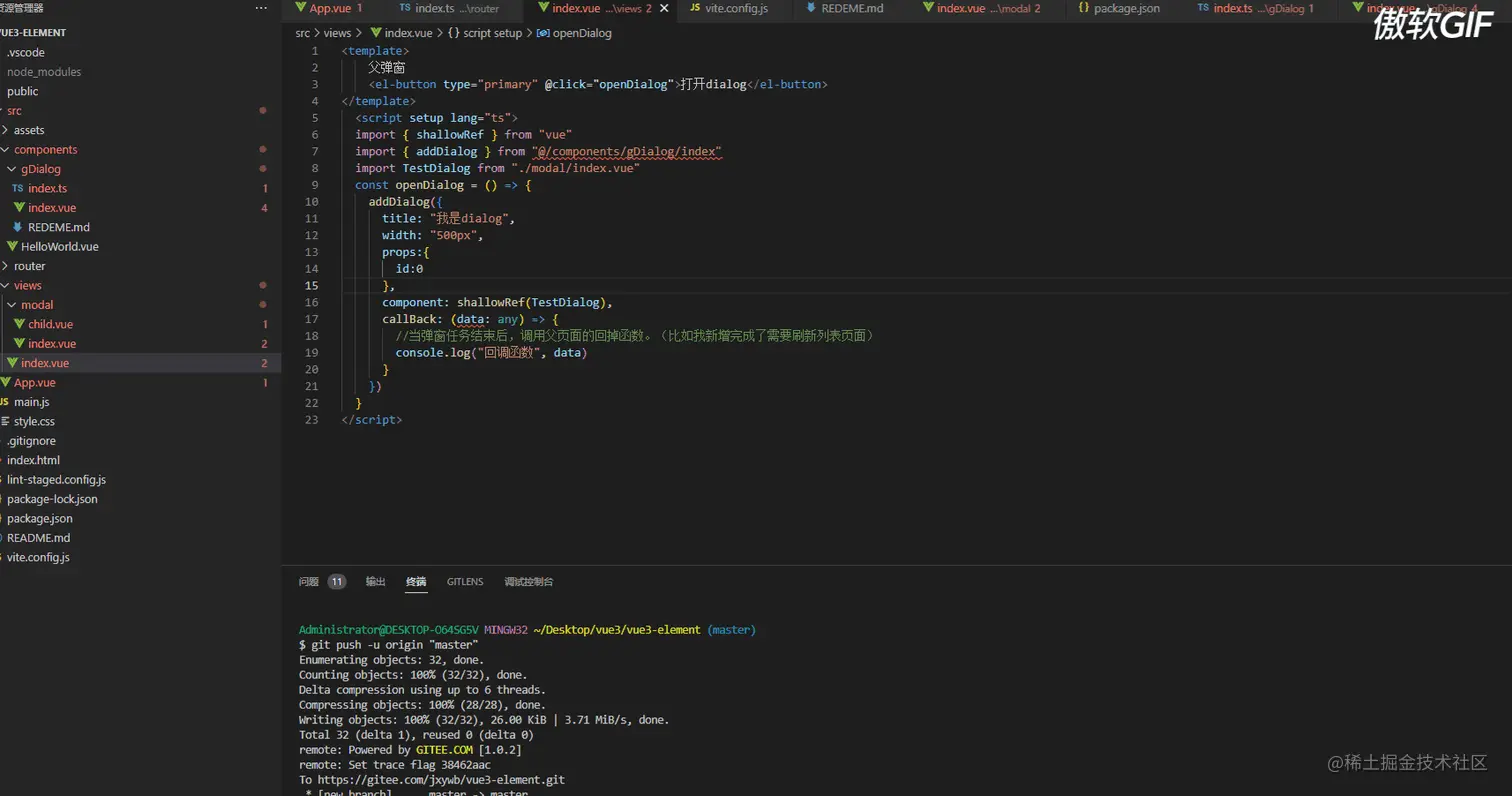
基于 el-dialog 进行初步封装
// index.ts import { reactive } from "vue" type dialogOptions = { title: string component: any props?: Object width: string visible?: any callBack?: Function } export const dialogList: dialogOptions[] = reactive([]) export const addDialog = (options: dialogOptions) => { dialogList.push(Object.assign(options, { visible: true })) } export const closeDialog = (item: dialogOptions, i: number, args?: any, isNativeClose?: boolean) => { dialogList.splice(i, 1) if (!isNativeClose) item.callBack && item.callBack(...args) }
<template> <Teleport to="body"> <el-dialog v-for="(item, index) in dialogList" :key="index" :title="item.title" :width="item.width" v-model="item.visible" @close="() => closeDialog(item, index, '', true)" > <component :is="item.component" v-bind="item.props" @close="(...args:any) => closeDialog(item, index, args)" /> </el-dialog> </Teleport> </template> <script setup lang="ts"> import { dialogList, closeDialog } from "./index" </script>
- 首先定义了 dialogList,它包含了所有弹窗的信息。
- component 使用 componet is 去动态加载子组件
- addDialog 调用唤起弹窗的函数
- closeDialog 关闭弹窗的函数
在app.vue中挂载
<script setup> import Mydialog from "@/components/gDialog/index.vue" </script> <template> <router-view /> <Mydialog></Mydialog> </template> <style scoped> </style>
使用
创建一个弹窗组件
<!-- test.vue --> <template> 父弹窗 <el-button type="primary" @click="openChildDialog">打开子dialog</el-button> <el-button type="primary" @click="closeDialog">关闭弹窗</el-button> </template> <script setup lang="ts"> import { addDialog } from "@/components/gDialog/index" import childVue from "./child.vue" const props = defineProps(["id"]) console.log(props.id, "props") const emit = defineEmits(["close"]) const closeDialog = () => { emit("close", 1, 2, 34) } const openChildDialog = () => { addDialog({ title: "我是子dialog", width: "500px", component: childVue }) } </script>
在列表页面唤醒弹窗
<!-- list.vue --> <template> 列表页 <el-button type="primary" @click="openDialog">打开dialog</el-button> </template> <script setup lang="ts"> import { addDialog } from "@/components/gDialog/index" import TestDialog from "./test.vue" const openDialog = () => { addDialog({ title: "我是dialog", width: "500px", props:{ id:0 } component: TestDialog, callBack: (data: any) => { //当弹窗任务结束后,调用父页面的回掉函数。(比如我新增完成了需要刷新列表页面) console.log("回调函数", data) } }) }
多层级弹窗嵌套
<!-- child.vue --> <template> 子弹窗 <el-button type="primary" @click="closeDialog">关闭弹窗</el-button> </template> <script setup lang="ts"> import { addDialog } from "@/components/gDialog/index" const emit = defineEmits(["close"]) const closeDialog = () => { emit("close", 1, 2, 34) } </script>

